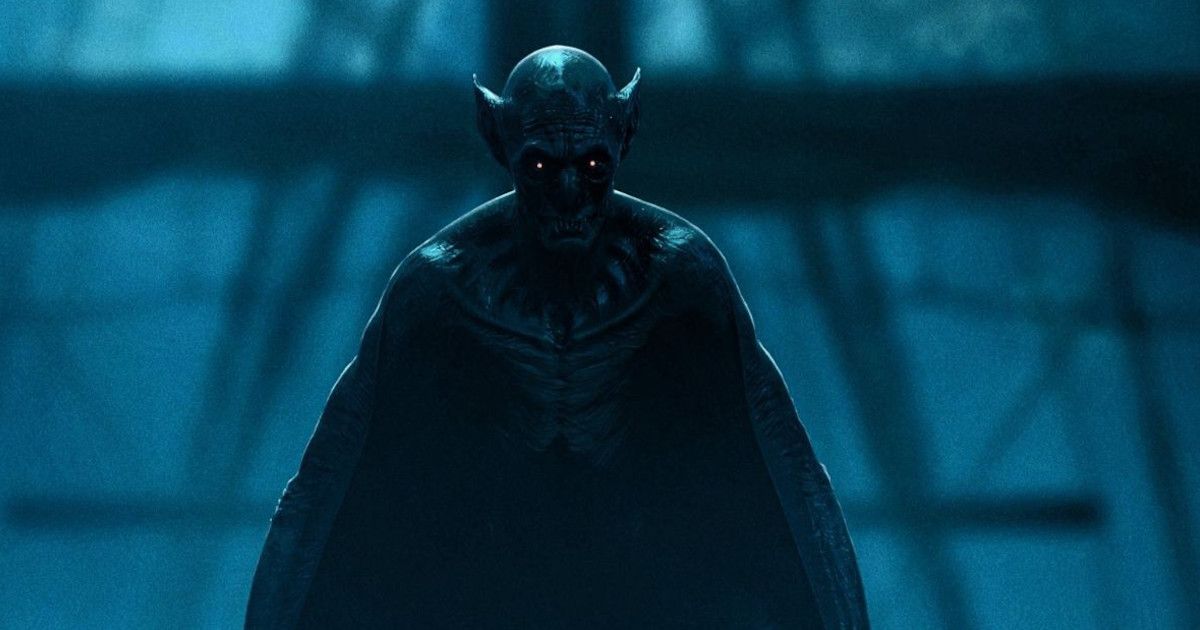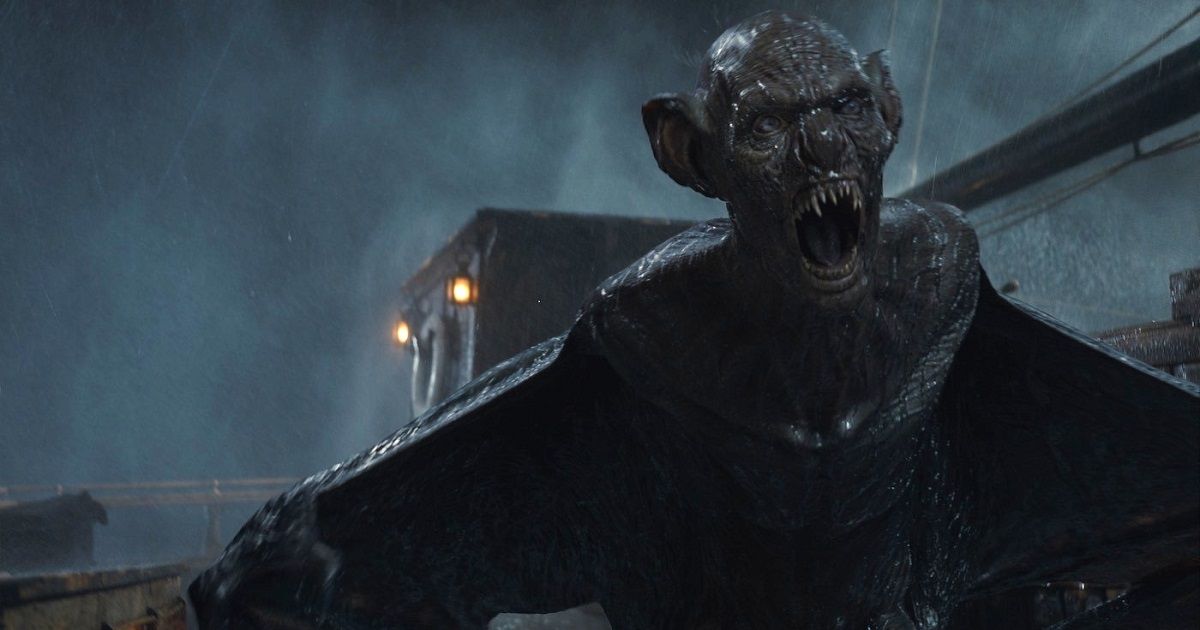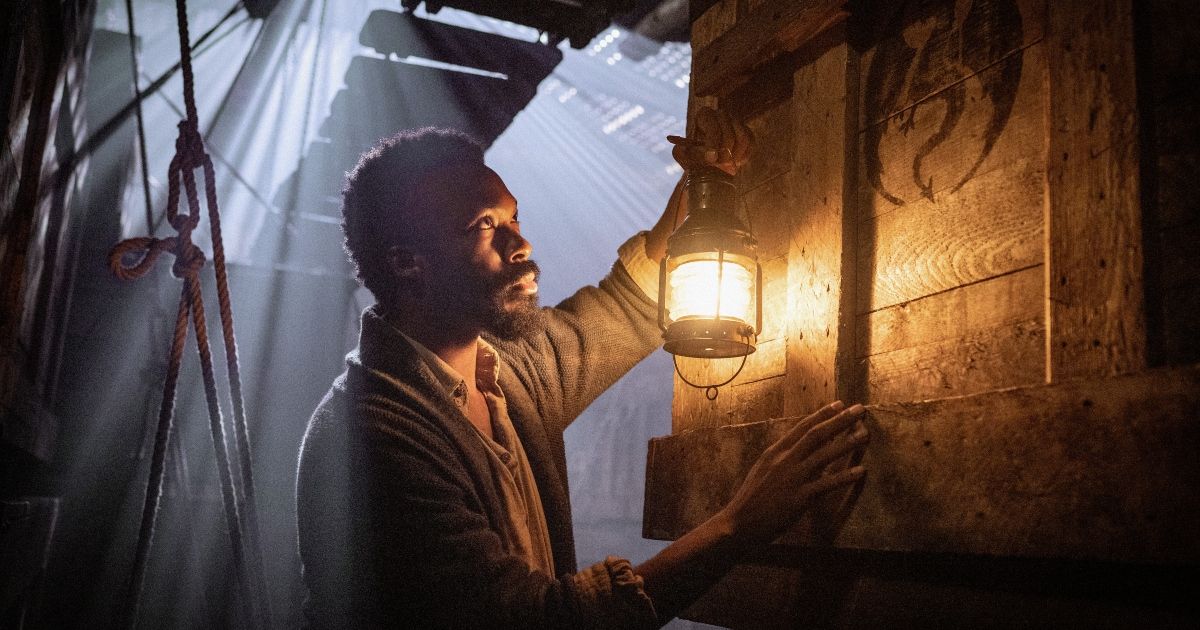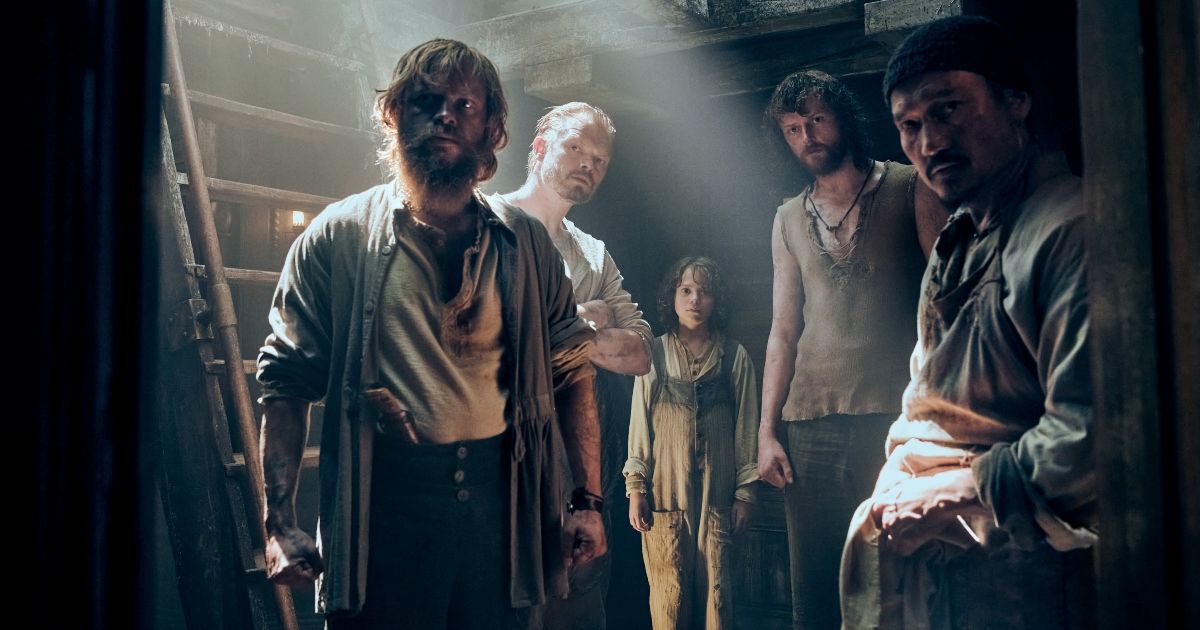Summary
- The Last Voyage of the Demeter is the first film dedicated to the ship's journey from Dracula, while previous films only focused on the ship's end.
- The new film has the potential to expand on the source material, including additional characters and subplots, offering a broader scope of the ship's journey.
- Although the ending may seem predetermined by the dark source material, the introduction of heroic characters provides a glimmer of hope in an otherwise terrifying story.
While The Last Voyage of the Demeter is the first film to be based entirely on the fictional ship the Demeter, which was first mentioned in the “Captain’s Log” chapter of Bram Stoker’s classic 1897 novel Dracula, the ship’s doomed voyage was featured in two previous Dracula films.
Both 1979’s Dracula and 1992’s Bram Stoker’s Dracula reveal the gruesome end of the Demeter’s voyage, which was obviously overshadowed by the evil presence of the ship’s lone passenger, Count Dracula, who, unbeknownst to the ship’s captain and crew, was transported on the ship in a coffin-shaped wooden crate, along with several more crates of Transylvanian soil.
While the 1979 and 1992 Dracula film adaptations primarily focus on the end of the Demeter’s journey, from the moment when Dracula emerges from his slumber to kill the ship’s captain and remaining crew, The Last Voyage of the Demeter obviously has the freedom to broaden the scope of Stoker’s epistolary recounting of the ship’s journey, through additional characters and subplots and by presenting the entirety of the ship’s journey.
Moreover, while the ending of The Last Voyage of the Demeter is seemingly largely predetermined by the bleak source material, by introducing new characters who are heroic in nature, The Last Voyage of the Demeter nonetheless has the potential to infuse audiences with at least a sliver of hope, amidst a sea of misery and terror.
From Transylvania to London
While The Last Voyage of the Demeter, which takes place in 1897, is entirely devoted to the fate and journey of the Demeter ship, in the novel Dracula, the captain’s log section spans approximately five pages, as the log section begins with the Russian sailing vessel’s departure from Varna, Bulgaria, on July 6, 1893, and continues until the captain’s final log entry on August 3, 1893, just before the captain had his throat ripped away by Dracula.
In 1979’s Dracula, the film opens on a storm-ravaged Demeter, as the ship’s anguished captain watches his two remaining crewmen levitate Dracula’s crate out of the ship’s hold and onto the deck, where they hope to be able to toss the crate into the raging ocean.
However, just before the crewmen can get the crate over the edge of the ship, one of Dracula’s claws rips through the chest and tears away the throat of one of the crew members. After emerging from the crate, Dracula, in wolf form, kills the captain and the other crew members as the ship hurtles toward the shore, where it crashes against rocks.
In the film, Mina Harker, who is based on the Lucy Westenra character from the novel, witnesses the approach of the distressed ship and hurries to the beach, as a wolf-like Dracula exits the vessel and enters a nearby cave, where Mina finds Dracula lying on the ground.
After being discovered by Mina, Dracula is taken to Carfax Abbey, the English estate that Dracula purchased through solicitor Jonathan Harker, who, on the following morning, visits the Demeter wreck and sees the slaughtered crew members, including the captain, whose left hand clutches a crucifix.
A Strange Man aboard the Demeter
Like 1979’s Dracula, 1992’s Bram Stoker’s Dracula introduces the Demeter into the film as the ship is poised to be overtaken by Dracula, as the Demeter is first seen in the film crashing through stormy nighttime seas, while the ship’s captain, in keeping with the epistolary format of the novel, narrates the strange happenings that have befallen the ship throughout its ill-fated journey.
While the original screenplay for Bram Stoker’s Dracula, which was directed by Francis Ford Coppola, is very faithful to both the 1979 film and Stoker’s novel, in terms of documenting the Demeter’s last night at sea and the overwhelming sense of dread that has taken hold of the ship’s crew, the Demeter sequence in the film only consumes less than two minutes of screen time, slightly less than the sequence in the 1979 film.
The Demeter sequence in Bram Stoker’s Dracula opens just before the moment when Dracula, played by Gary Oldman, is poised to escape his confinement and kill the ship’s remaining crew, who are seen being dispatched in a wave of bloody spatter.
Moreover, in the film’s original screenplay, the ship’s captain, as he does in the novel, reports baffling crew disappearances and sightings of a strange, tall, thin man who appears alternately old and young, as was related to the captain by his first crewmate, who, like in the novel, becomes so terrified of the presence of Dracula that the crewmate jumps into the water, shortly after hearing the agonized howl of a wolf.
Bram Stoker's Demeter
While The Last Voyage of the Demeter has been described as being like Alien at sea, in terms of the film’s contained, inescapable setting and human-monster dynamic, the film’s success will most likely depend on how effectively the film mirrors the tone of the novel Dracula, which is still, arguably, the greatest work of horror fiction in history.
The Demeter section of Stoker’s novel is most terrifying because of the contrast between the relative hopefulness that the crew of the Demeter begin their journey with and the unimaginable courage and terror that is intertwined within the captain’s final log entry, in which the captain vows to tie his hands around the ship’s steering wheel, with a crucifix pressed against the wood, and take his ship to port.
The image of the captain’s hands wrapped around the ship’s steering wheel, in death, is both disturbing and powerful, as it shows that there is perhaps some solace to be found within the tragedy of the Demeter, even as the ship’s captain and crew seemingly died in vain.




